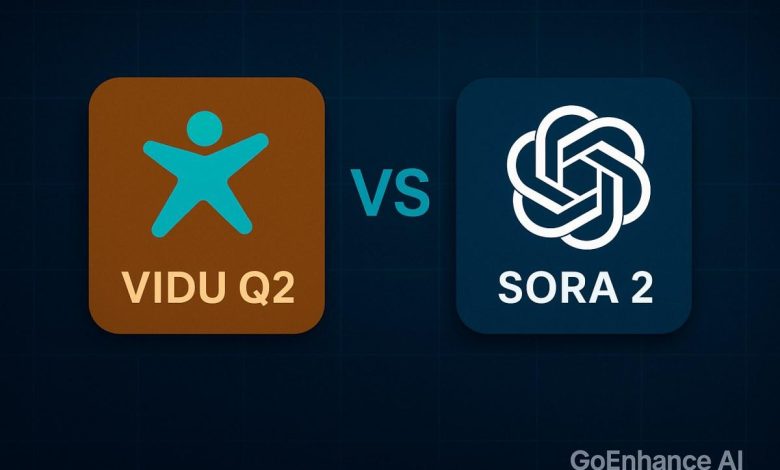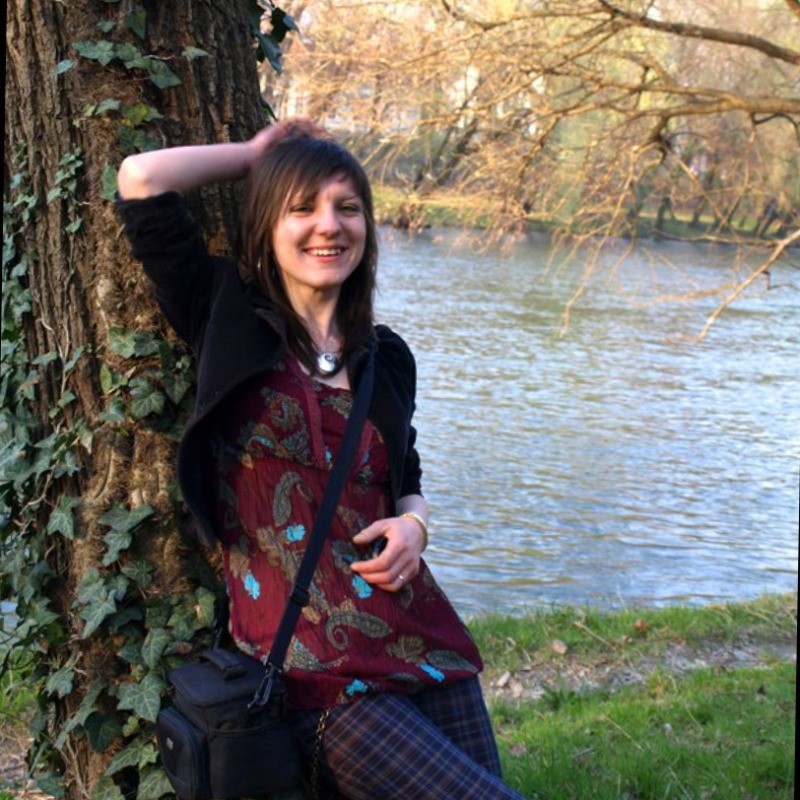
The race to turn prompts and still images into publish-ready video is heating up. Two names keep surfacing in creator chats and production Slack channels: Vidu Q2 and Sora 2. If your goal is to turn product shots or concept art into short, convincing motion, start by clarifying your workflow—then match the model to the job.
Early in the pipeline, many teams rough-in motion with an image to video pass, then graduate to a full AI video generator for shot stitching, upscale, and sound design. GoEnhance AI supports both approaches and can sit alongside whichever model you test.
Vidu Q2 (ShengShu Technology)
Vidu Q2 focuses on micro-acting—blinks, eye movement, subtle facial motion—plus stronger cinematic camera design and clear comprehension of prompt instructions. It performs especially well when you start from a reference image and need a character to act. Official materials and user reviews highlight reference-to-video and image-to-video strengths.
Quick comparison (creator-centric)
| Criterion | Sora 2 | Vidu Q2 | Where it shines |
| Motion realism & physics | Physical accuracy, stable object interaction | Expressive micro-acting and clean camera motion | Sora: live-action realism / Vidu: character animation |
| Audio | ✅ Native sync audio generation | Add audio later | Sora for one-pass “sound-on” |
| Best input | Text-to-video from scratch | Reference-to-video, image-based motion | Depends on workflow |
| Policy/rights | Moving toward opt-in IP control | Project-based use, less public governance | Sora clearer for brand/IP |
| Speed/latency | Optimized for short clips | Fast iteration focus | Both suitable for quick tests |
Reality check: Both models are evolving fast. Always validate using your own references and log prompt + seed + settings to reproduce results reliably.
How to choose (3 real scenarios)
✅ Scenario 1: You start from text only
You need a concept scene or transition from scratch. Choose Sora 2 for realism and native audio, especially for early client previews.
✅ Scenario 2: You already have a hero still
You want to keep identity consistent while animating a character or product. Choose Vidu Q2 for micro-expression control and reference-to-video reliability.
✅ Scenario 3: You work with brands or licensed IP
You need to respect usage permissions and avoid rights issues. Choose Sora 2 for its copyright road map and opt-in control model.
A simple workflow that uses both
- Storyboard with stills
Use GoEnhance AI to block out scenes and camera paths using image-to-video passes. - Prototype two ways
- Vidu Q2 for expressive motion based on a reference image
- Sora 2 for physical scene logic + audio from text prompts
Keep shot length constant for fair review.
- Assemble + upscale
Combine the best takes. Export 4K, adjust timing and add subtitles using your AI video generator workflow. - Log everything
For EEAT and compliance, keep a prompt record and note license status for any talent or brand assets used.
Bottom line
| Model | Strength |
| Sora 2 | Control + realism + sound-on drafts |
| Vidu Q2 | Character feel + expressive motion |
| GoEnhance AI | Bridges both + final production workflow |
If your team produces content every week—or every day—don’t pick a “winner.” Assign roles:
✅ Sora 2 → believable scenes + audio
✅ Vidu Q2 → character performance + motion style
✅ GoEnhance AI → production pipeline + delivery
Together, they get you from still to story faster—without losing control, quality, or rights clarity.






